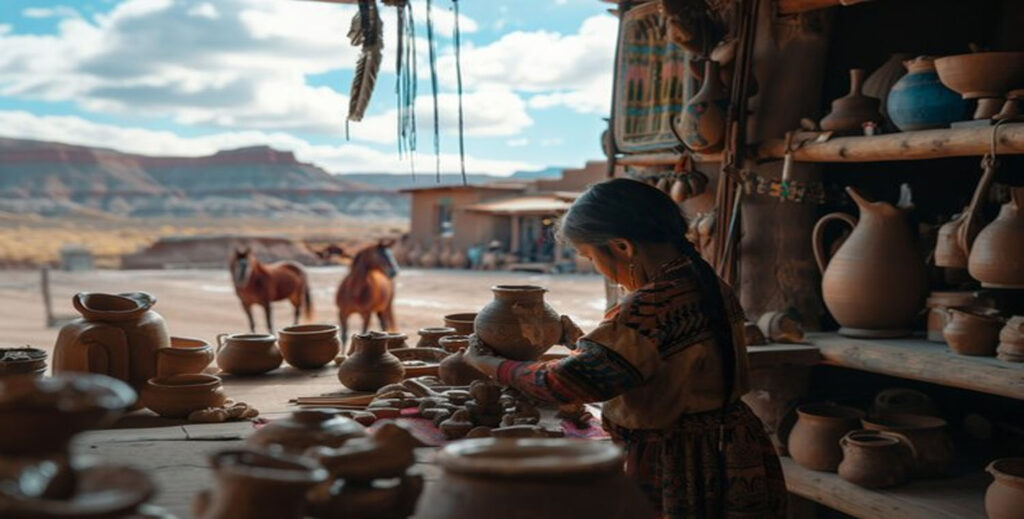Understanding Cñims: A Unique Perspective on Cultural Heritage

Cñims is a term that resonates deeply within certain communities, representing a blend of cultural significance, history, and social values. While not universally recognized, it embodies a rich tapestry of meanings that reflect the identity of the people associated with it. This article aims to explore the essence of Cñims, its historical context, cultural significance, and its relevance in the modern world.
What is Cñims?

Cñims refers to a specific cultural concept or practice that may encompass various aspects of community life, including traditions, rituals, and social interactions. Although the exact definition may vary depending on regional and cultural contexts, Cñims generally represents a collective identity that shapes the way individuals engage with their heritage.
Historical Context of Cñims
To truly grasp the meaning of Cñims, one must delve into its historical roots. This exploration reveals a narrative filled with resilience, creativity, and a profound connection to the land and people.
Ancient Origins
Cñims has its origins in ancient practices and customs that have been passed down through generations. These traditions often involve rituals that celebrate life events, seasonal changes, and the relationship between people and nature. By engaging in these practices, communities create a sense of belonging and continuity that enriches their identity.
Influences and Adaptations
Over time, various external influences have shaped Cñims, introducing new ideas and practices. These interactions may result from trade, migration, or cultural exchange, leading to a dynamic evolution of the concept. Despite these changes, the core values of Cñims remain intact, reflecting the resilience and adaptability of the communities that uphold it.
The Cultural Significance of Cñims
Cñims is more than just a historical concept; it is a living expression of cultural identity. Its significance is evident in various forms, including art, music, dance, and community gatherings.
Art and Craftsmanship
Art plays a pivotal role in the expression of Cñims. Local artisans create works that reflect their cultural heritage and the beauty of their surroundings. From intricate textiles to pottery and sculpture, these crafts tell stories of the community’s history and values. The artistry involved often utilizes traditional techniques that have been handed down through generations, ensuring the continuity of the cultural narrative.
Music and Dance
Music and dance are integral components of Cñims. Traditional songs and dances often convey stories of love, struggle, and celebration. These performances not only entertain but also serve as a means of preserving cultural heritage and fostering a sense of unity among community members.
Community gatherings centered around music and dance are essential for maintaining social cohesion. These events provide opportunities for individuals to come together, share experiences, and celebrate their identity.
The Role of Cñims in Community Life
Cñims serves as a focal point for community interactions, fostering connections among individuals and reinforcing social bonds. It plays a vital role in bringing people together through various activities and celebrations.
Community Gatherings
Festivals and communal events centered around Cñims are crucial for maintaining social cohesion. These gatherings provide opportunities for storytelling, sharing traditions, and celebrating achievements. They create spaces where individuals can express their cultural identity and engage with one another in meaningful ways.
During these events, communities come alive with colorful displays of traditional dress, music, and dance, allowing everyone to participate in a rich cultural experience. The sense of belonging fostered during these gatherings strengthens the ties that bind community members together.
Educational Initiatives
Cñims also serves an educational purpose. Through workshops and community initiatives, individuals, especially younger generations, can learn about their heritage, traditional practices, and the importance of preserving their cultural identity. This emphasis on education fosters a sense of pride and responsibility among community members.
The Natural Landscape and Cñims
The geographical setting associated with Cñims often plays a crucial role in shaping its identity. The natural landscape serves as both a backdrop and a source of inspiration for the community.
Connection to Nature
A deep connection to the natural environment is central to Cñims. The land provides sustenance, inspiration, and spiritual significance. Many traditions associated with Cñims involve seasonal celebrations that honor the earth and its resources.
Communities often engage in sustainable practices that reflect their respect for the environment. This connection to nature not only sustains the community but also reinforces the cultural identity tied to Cñims.
Biodiversity and Conservation
The regions tied to Cñims often boast rich biodiversity. Local flora and fauna may hold symbolic significance, and efforts to preserve these ecosystems can be integral to the community’s values. Environmental stewardship is often woven into the cultural fabric, as people recognize the importance of safeguarding their natural heritage for future generations.
Cñims in Modern Contexts
As society evolves, the relevance of Cñims continues to transform. Modern challenges, such as globalization and urbanization, present both opportunities and threats to traditional practices.
Navigating Globalization
In a rapidly changing world, communities associated with Cñims may find themselves at a crossroads. Globalization brings new ideas and influences, which can enrich cultural expressions but may also threaten traditional values. However, many communities have successfully embraced change while maintaining their identity.
Cultural festivals and workshops that highlight Cñims provide platforms for sharing traditions with a wider audience. By inviting others to participate in their customs, communities foster appreciation and understanding.
Embracing Sustainability
In contemporary discussions surrounding environmental sustainability, Cñims can offer valuable insights. Traditional practices often emphasize harmony with nature, presenting a model for sustainable living. Communities are increasingly recognizing the importance of safeguarding their natural heritage and incorporating sustainable practices into their way of life.
By blending traditional wisdom with modern knowledge, these communities can address pressing global issues while remaining true to their cultural roots.
Lessons from Cñims
The essence of Cñims offers several valuable lessons for individuals and communities alike:
1. The Importance of Heritage
Understanding and preserving one’s heritage is essential for fostering a sense of identity and belonging. Cñims serves as a reminder that our roots shape who we are and can guide us in navigating modern challenges.
2. The Power of Community
Cñims emphasizes the strength found in community bonds. Collaborative efforts in music, art, and social gatherings create a supportive environment that nurtures individuals and promotes resilience.
3. Respect for Nature
A deep respect for the natural world is integral to the Cñims narrative. Recognizing our connection to the environment can inspire sustainable practices that benefit both people and the planet.
4. Adaptability and Innovation
Embracing change while honoring tradition is vital for survival in a rapidly evolving world. Cñims exemplifies how communities can adapt to modern contexts without losing their cultural identity.
Conclusion
Cñims is a rich and multifaceted concept that embodies culture, history, and a deep connection to nature. Its significance transcends geographical boundaries, offering valuable lessons on heritage, community, and sustainability. As we explore the essence of Cñims, we are reminded of the importance of preserving our roots while navigating the complexities of the modern world.
More Read
Al Burj Real Estate: Transforming Luxury Living with Kerzner





Responses